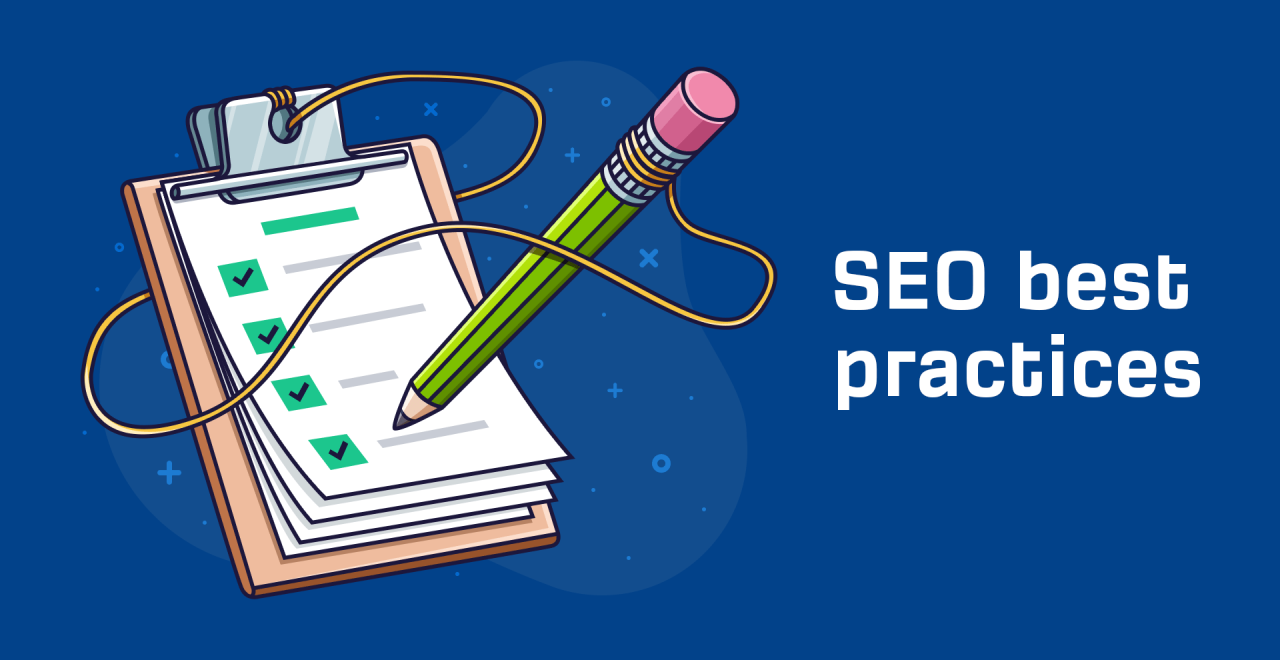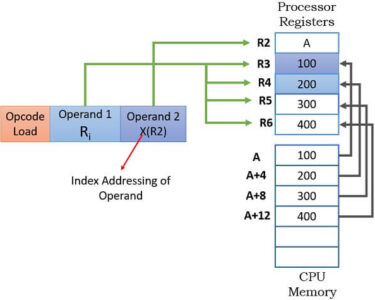
Best Practices Guide for Dealing with Blackhat SEO
Blackhat SEO, also known as unethical SEO, involves using deceptive or manipulative tactics to improve a website’s ranking in search engine results. It violates Google’s Webmaster Guidelines and can result in penalties, such as removal from the search index.
Identifying Blackhat SEO Techniques
- Keyword stuffing: Overusing keywords in the content, meta tags, and file names.
- Duplicate content: Copying content from other websites or creating multiple pages with the same content.
- Invisible text or links: Hiding text or links in the same color as the background or using a font size of 0.
- Link farms: Creating a network of websites that link to each other to artificially inflate their importance.
- Doorway pages: Creating pages designed to redirect users to other pages, potentially misleading search engines.
- Cloaking: Showing different content to search engines and users to manipulate rankings.
Dealing with Blackhat SEO
1. Monitor Your Website:
- Use analytics tools to track website traffic and identify any unusual changes or spikes.
- Use Google Search Console to check for any manual actions or warnings.
2. Identify the Source:
- Check your backlinks using tools like Google Search Console, Ahrefs, or SEMrush.
- Analyze your website content and search for any traces of blackhat techniques.
3. Remove or Disavow Harmful Links:
- Contact the websites hosting the harmful links and request their removal.
- If removal is not possible, use Google’s Disavow Tool to inform the search engine that you do not endorse those links.
4. Clean Up Your Content:
- Remove duplicate content and excessive keywords.
- Ensure that all text and links are visible and relevant.
- Rewrite pages that have been cloaked or used for doorway pages.
5. Report to Google:
- If you suspect that your website has been targeted by blackhat SEO, report it to Google.
- Provide evidence of the malicious activity and explain the steps you have taken to address it.
6. Monitor for Recurrence:
- Continue monitoring your website and backlinks for any signs of recurring blackhat tactics.
- Update your SEO strategy to prevent further exploitation.
Prevention Tips
- Focus on creating high-quality, valuable content.
- Build backlinks naturally through legitimate outreach and guest posting.
- Use ethical SEO techniques that align with Google’s guidelines.
- Regularly monitor your website and backlinks to identify potential risks.
- Seek professional help from an SEO expert if necessary.
记住,打击黑帽 SEO 需要持续的努力和关注。通过遵循这些最佳做法,您可以保护您的网站免受有害影响,并建立一个符合道德和可持续的 SEO 策略。


